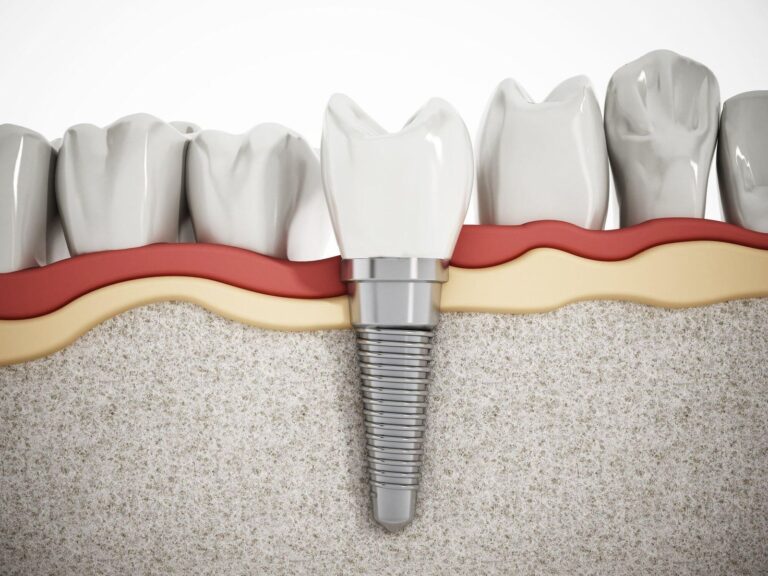Understanding the Differences: Flat Feet vs Arched Feet
When it comes to foot health, not all feet are created equal. Flat feet and arched feet represent two ends of the spectrum. Each with unique characteristics and implications for daily life.
Whether you’re an athlete, a casual walker, or someone dealing with foot pain, understanding the differences between flat feet vs arched feet can significantly impact your overall well-being. In this post, we’ll explore what sets these two-foot types apart, their causes, and how to best care for them.
What Are Flat Feet?
Flat feet are also known as fallen arches. This occurs when the arch of the foot collapses, causing the entire sole to touch the ground. This condition can be congenital or acquired over time due to factors such as obesity, pregnancy, or prolonged standing.
Causes of Flat Feet
There are several reasons why someone might develop flat feet. Most commonly, it’s a hereditary condition passed down through generations. Other causes include injuries, rheumatoid arthritis, and neurological conditions that affect muscle function.
Symptoms of Flat Feet
People with flat feet often experience pain or discomfort in the arch or heel area. Swelling along the inside of the ankle is also common. In severe cases, flat feet can lead to knee, hip, or lower back pain due to the misalignment of the body’s natural posture.
Diagnosing Flat Feet
Diagnosis typically involves a physical examination and imaging tests like X-rays or MRIs. A podiatrist may ask you to stand on your toes or walk so they can observe the foot’s mechanics and structure.
What Are Arched Feet?
Arched feet have a high curve between the ball and heel, creating a pronounced arch. While this might seem advantageous, high arches can cause their own set of problems, like instability and increased pressure on the heel and ball of the foot.
Causes of Arched Feet
High arches are usually inherited but can also result from neurological disorders such as cerebral palsy or muscular dystrophy. In some cases, they develop due to overuse or trauma.
Symptoms of Arched Feet
People with high arches might notice calluses forming on the ball, heel, or side of the foot. They may also experience pain or discomfort, especially when standing or walking for long periods. Balance issues are another common symptom.
Diagnosing Arched Feet
Diagnosis often involves the same procedures as for flat feet. A doctor, like this Clifton NJ foot doctor, will likely perform a physical examination and may order imaging tests to understand the severity and underlying cause.
The Impact on Daily Activities
Whether you have flat or arched feet, each condition can affect your daily activities in unique ways. Understanding these impacts can help you make informed decisions about footwear, exercise, and other aspects of your lifestyle.
Walking and Running
Flat feet can make walking and running less comfortable due to the lack of shock absorption. On the other hand, high arches can lead to instability and a higher risk of ankle sprains. Proper footwear and possibly custom orthotics are essential for both conditions.
Footwear Choices
For flat feet, supportive shoes with good flat feet arch support are crucial. High arches require shoes with ample cushioning to distribute pressure evenly. In both cases, avoid high heels and choose well-fitted, comfortable footwear.
Exercise and Fitness
Exercise routines should be adapted to accommodate your foot type. Low-impact activities like swimming or cycling are generally better exercises for flat feet. For high arches, exercises that build strength and improve balance are beneficial.
Treatment Options
Fortunately, various treatment options can help manage the symptoms associated with flat and arched feet. These range from lifestyle changes to medical interventions.
Orthotics and Insoles
Custom orthotics can provide the necessary support and alignment for both flat and arched feet. These inserts are tailored to your specific needs and can significantly improve comfort and functionality.
Physical Therapy
Physical therapy can be highly effective in managing symptoms. Therapists can guide you through exercises that strengthen the muscles supporting your arches, improving overall foot mechanics.
Surgical Options
In severe cases, surgery might be necessary to correct structural issues. Procedures vary depending on the condition but can include tendon repairs, joint fusions, or osteotomies to realign the bones.
Preventive Measures
While some causes of flat and arched feet are beyond your control, certain preventive measures can help maintain foot health and prevent complications.
Maintain a Healthy Weight
Excess weight puts additional strain on your feet, exacerbating symptoms for both flat and arched feet. Maintaining a healthy weight through diet and exercise can alleviate some of this pressure.
Choose the Right Shoes
Invest in quality footwear that suits your foot type. Look for shoes with good arch support for flat feet and ample cushioning for high arches. Replace worn-out shoes regularly to ensure they continue to provide the necessary support.
Regular Foot Exercises
Incorporating foot exercises into your routine can strengthen the muscles and ligaments supporting your arches. Simple activities like toe curls, arch lifts, and rolling a tennis ball under your foot can make a big difference.
The Importance of Professional Guidance
While self-care is essential, consulting with healthcare professionals like podiatrists can provide personalized advice and treatment plans tailored to your specific needs.
When to See a Doctor
If you experience persistent pain, swelling, or difficulty walking, it’s crucial to seek medical advice. Early intervention can prevent further complications and improve your quality of life.
What to Expect During a Consultation
During your visit, the doctor will perform a physical examination and may order imaging tests. They’ll discuss your symptoms, medical history, and lifestyle to develop a comprehensive treatment plan.
Follow-Up Care and Monitoring
Regular follow-up appointments are essential to monitor your condition and adjust treatments as needed. This ongoing care ensures that any changes in your symptoms are promptly addressed.
Now You Know: Flat Feet vs Arched Feet
Understanding the differences between flat feet vs arched feet is crucial for effective management and improved quality of life. With the right knowledge and resources, you can take proactive steps to care for your feet and enjoy a more comfortable, active lifestyle.
Remember, whether you have flat or arched feet, the key is to stay informed and seek professional guidance when needed. By doing so, you’ll be well-equipped to tackle any challenges and keep your feet healthy for years to come.
For more interesting articles on a diverse range of topics, be sure to explore the rest of our blog.







